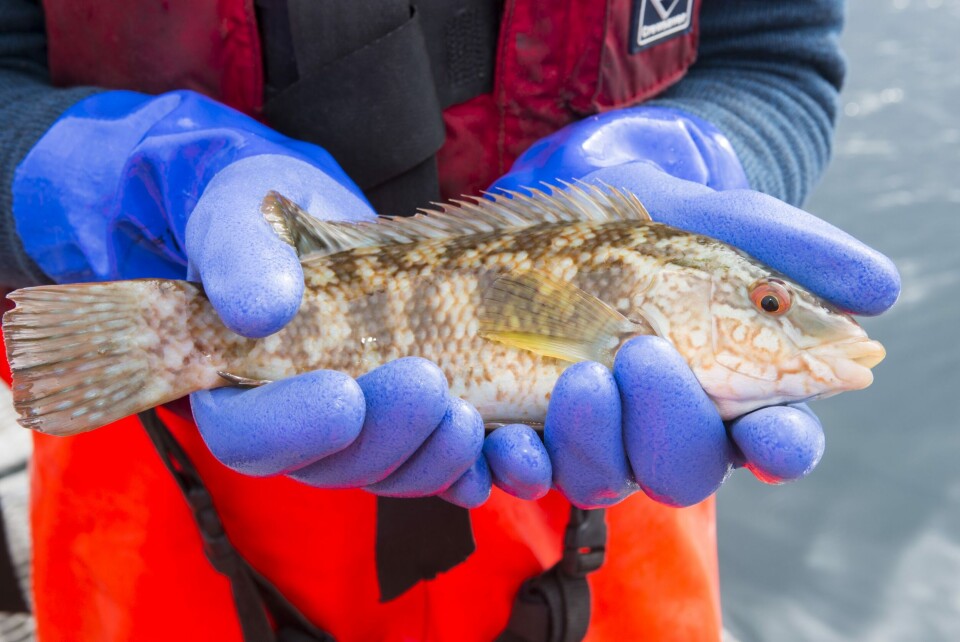
Salmon farmers welcome consultation on wild wrasse
Scotland’s salmon farmers have welcomed a consultation by Marine Scotland over whether there should be mandatory controls for the harvesting of wild wrasse for use as cleaner fish in salmon cages.
Voluntary measures to limit catches were introduced in conjunction with the Scottish Salmon Producers’ Organisation (SSPO) in 2018.
After carrying out an internal review and speaking to salmon farmers, Marine Scotland has concluded that while the voluntary measures are operating satisfactorily, “there is scope to improve the reporting of wrasse fishing activity and merit in introducing more formal harvesting measures”.

Adaptive management
SSPO sustainability director Anne Anderson said: “Following the successful pilot of voluntary measures, we welcome this consultation to consider how to strengthen and maintain sustainable wrasse fisheries.
“We continue to support the gathering of data which will provide greater depth of information and analysis. In turn, this will assist with the development of adaptive management for the fisheries.”
The consultation opens today and closes on April 10. Those wishing to contribute can do so here.
A million caught in Scotland
It is estimated that around a million wrasse are caught in Scottish waters annually. Other wrasse caught off the English coast are also used by the salmon farming industry.
An increasing number are also being bred in captivity following pioneering work by scientists in Scotland to close the breeding cycle for wrasse, although the requirement for wild-caught wrasse remains at present.
Last month Mowi Scotland’s newly developed wrasse hatchery in Anglesey, Wales received its first batch of eggs. The facility is expected to grow between 800,000 and a million fish per year.
Lice control
Mowi already grows wrasse at a facility it shares with Scottish Sea Farms at Machrihanish, Argyll and Bute, which produces around 200,000 fish per year.
In 2018 Scotland’s salmon farmers estimated they required up to 1.2 million wrasse annually, a figure likely to rise as the industry expands.
Wrasse and lumpfish are natural predators of the sea lice that prey on salmon and are used as a natural lice control method. All lumpfish used for lice control are now farm reared.






















































